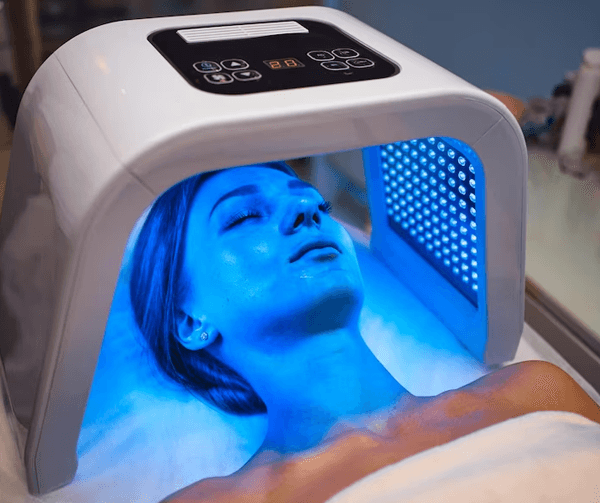Taking off from the previous article, we will continue to look at other aspects of ear reshaping, starting with the actual processes of ear reshaping:
As discussed before, there are two types of ear reshaping procedures – splinting, which is done in infants, who are less than six months of age, and pinnaplasty, which is done, once the cartilage has more maturity. There is also a procedure known as incisionless otoplasty, which can also be used to reshape ears. Now, let’s look at the details of these procedures:
Ear splinting –
This is a procedure that needs to be completed within the first six months of the baby’s life, preferably as soon as possible. As a matter of fact, the procedure is most effective, when it is done in the first three months, post birth. The process is actually a reasonably simple one and there is no pain involved. Tiny splints are placed in the outer groove of the cartilage of the ear, and these are kept in place using small strips of tape. The surgeon will use tapes to keep the ear and head closer together. The splints will allow to keep the ears in position and also reduces the protrusion. The amount of time for which the splinting will have to be kept in place, depends on how early the procedure has been conducted – the sooner the splints have been put in place, the lesser time it will require to show its effects.
Pinnaplasty –
The main aim of this procedure is to ensure that the ears look symmetrical and in proportion with the rest of the face. However, it is important to remember that no surgery can give absolutely perfect results and there is always the chance of risks or complications. With such surgeries, it is essential that people undergoing the surgery are aware of all these possibilities and go forward with an accurate understanding. For younger children, surgeons prefer general anaesthesia over local, because children can get scared and them being asleep is the best way for the surgeon to complete their task at hand. Older children or adults would be given local anaesthesia, which means that the ear and the area surrounding the ear would be numb. Once the sedative or anaesthesia has set in, a small incision will be made behind the ear, which will give the surgeon, access to the cartilage. This cartilage will either be chipped away or repositioned, in order to give the ear the desired shape. Once the cartilage is in place, the incision will be closed using sutures or staples. There are bound to be scars, but in the hands of a good surgeon, they will not be obviously visible and will fade with time.
Incisionless otoplasty –
This is actually one of the newer procedures and does not involve any cuts or incisions. Local anaesthesia will be given, and a needle will be used to mark the surface of the cartilage. This is done to make the cartilage a little more flexible. Permanent stitches will help the ear hold its new shape, which will be more in proportion with the face. These stitches will be made in such a manner that they are hidden within the natural folds of the ear. At times, similar stitches will be used to attach the cartilage to the bone that is right behind the ear. However, this being a new procedure, there are studies still being carried out regarding the same and there are no long term reports on how steady the procedure will be.
Moving onto the results of ear reshaping –
Normally, both ear splinting and pinnaplasty are safe procedures and when done by an experienced surgeon, there are little to no chances of anything going wrong.
If ear splinting has been carried out during the neonatal phase, which is the first four weeks of a child’s life, there might be little need for any revisional surgeries in the future. There have been reports where the infant has shown slight rashes, due to the tapes that are used to hold the splint in place, however, the possibility of anything worse happening is rare. As for the rashes, they too tend to disappear, once the tapes are removed.
With pinnaplasty, normally, people are happy with the results and when done by an experienced surgeon, there is little to no need for revisional surgery. The main aim of this procedure is to reduce the size of the ears, making them less prominent; however, there is a possibility that perfect symmetry might not be acquired.
The possible risks and complications –
There is always the chance that something could go wrong during or after the surgery and some of the possible complications include:
- The site where the incision is made could get infected; however, the chances of the same happening are less, since the site is always cleaned with antibiotics.
- There could be inflammation in the cartilage and this could lead to a situation, where draining could be required.
- A blood clot could form within the skin, and this could cause a deformation.
- Scarring is normal, but if the surgery has not been done properly, the scarring could be very obvious.
- When incisions are made, stitches are bound to follow, but there could be problems with the same, as these could get infected.
- In the rarest of cases, the ear protrusion returns and then there is the need for revisional surgery.
- Bruising, numbness and soreness are bound to happen post a surgery, but these tend to fade away in a few days’ time. However, should the same not happen, it could be due to certain other problems and you might need to return to your surgeon.







